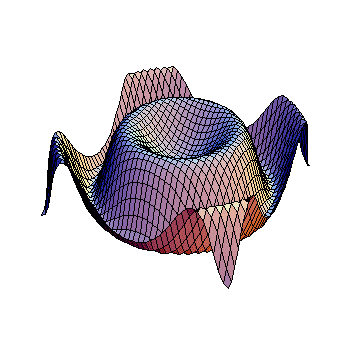How do you find the amplitude, period, and phase shift of the function #y=2cos(1/3x)#?
1 Answer
Explanation:
The amplitude is the constant multiplying the cosine, so in this case, it's 2.
You can think of the constant multiplying the x as the function angular speed, that is, the function's period multiplied by its frequency.
We know that the cosine has a normal period of
So the period (assuming that you mean the amount of time it takes to go through circle) will depend on whether that cosine is taking the value in degrees or radians.
So we have that:
Or
It's more common to use radians with trig functions, so we'll assume the latter. (Also, u.t means unit of time, since we don't know what unit the function uses)
And, last but not least, the phase shift is the value we're adding to the variable divided by the angular speed. (Think of it as the starting angle, instead of beginning with 1, we're beginning with this angle! But whenever the angular speed is different from 1, that is, whenever we're moving faster than the normal trig function, the phase shift gets smaller whereas whenever we're moving slower than the normal trig function the phase shift gets bigger)
The unit of this depends on the unit of the angular speed too, so if we're working with radians always stick with radians, and if we're working with degrees, always work with degress. But, given this is 0 it doesn't really matter here.

